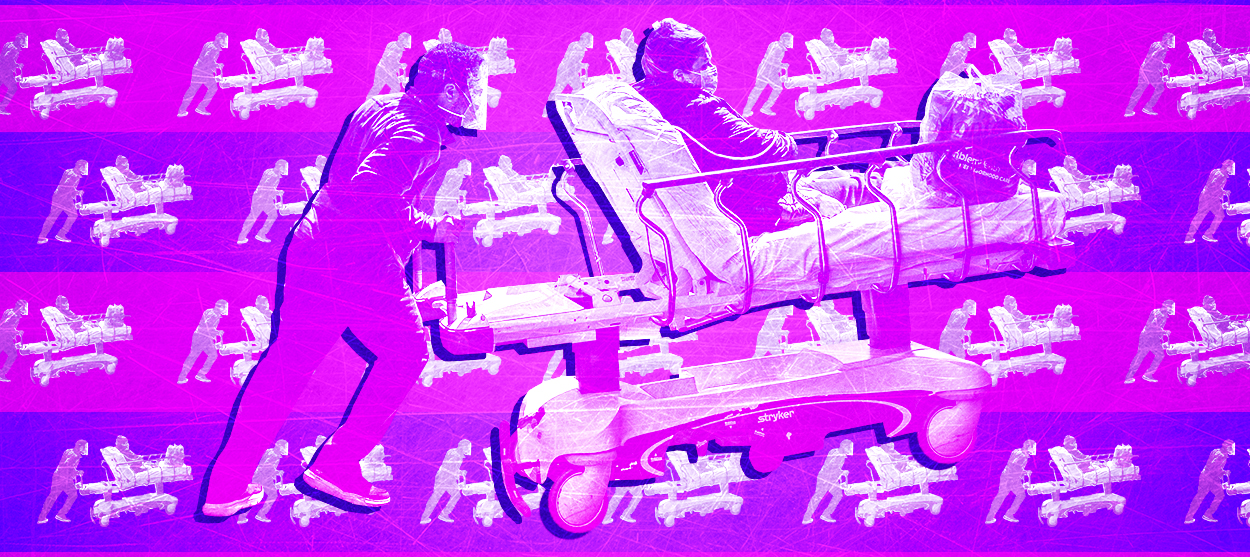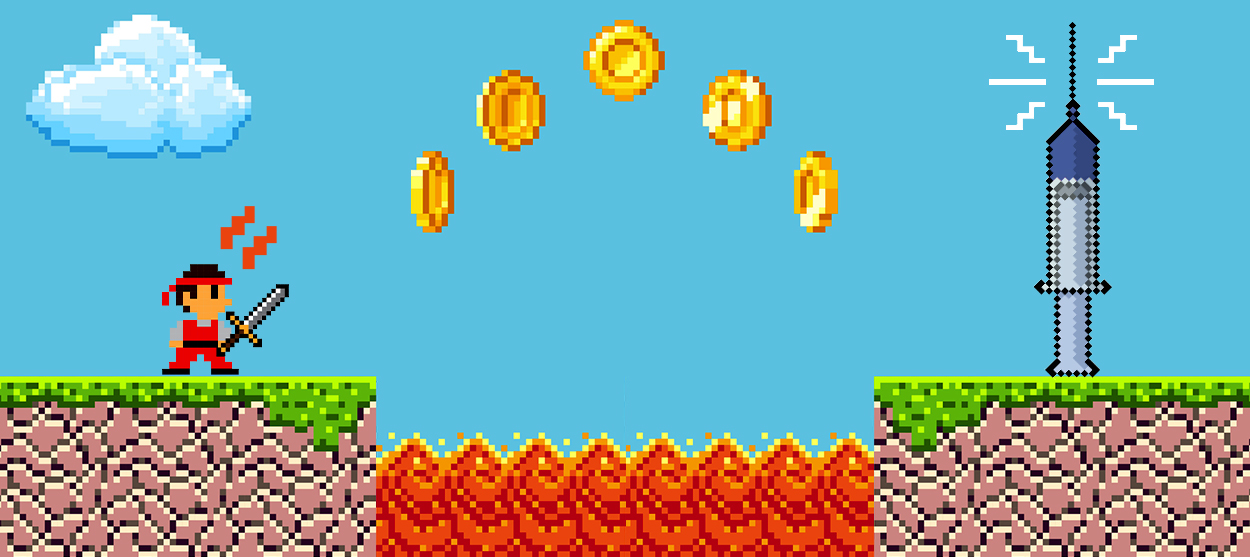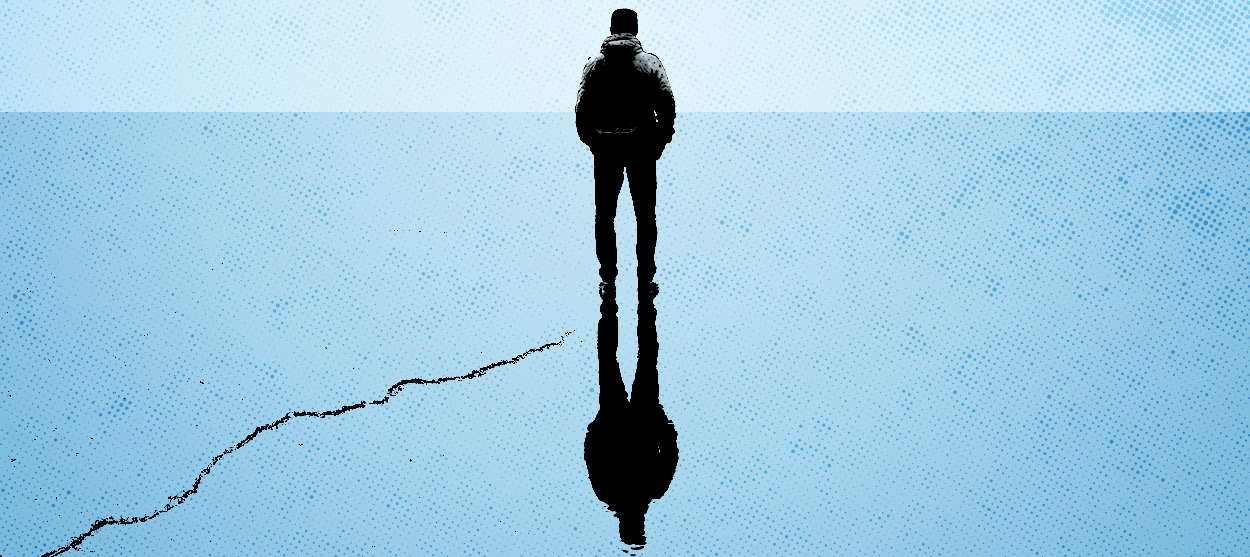Nobody knows how bad this coronavirus surge is
To make good policy, we need to know what's actually happening


More than six months after the first case of the novel coronavirus was diagnosed in the U.S., and more than three months after we shut down large chunks of America's economy to stop the spread of the disease, cases are surging once again around the country. Areas that were largely spared the worst back in the spring — primarily states in the South, Southwest, and West Coast — are seeing cases surge to record levels. In the case of Florida, daily confirmed case counts nearly match New York's at the height of the crisis in early April.
And yet, while the rest of the developed world (and big chunks of the commentariat) stares in slack-jawed horror at American stupidity, most Americans aren't radically changing their behavior. One reason: Daily death counts have barely budged, which has led some observers — and key policymakers like Vice President Mike Pence — to cast doubt on the seriousness of the situation, or even to question whether the rise in cases is real.
But the surge is real, not an artifact of increased testing. We know this because the test positivity rate — the percentage of tests coming back positive — has surged along with an increase in cases. If the rate were falling even as cases rose, as was the case in New York over the course of the spring, that would be a sign that the rise in cases was largely or entirely an artifact of increased testing — casting a wider net was catching more cases even as the spread slowed. Since the opposite is true, we should reach the opposite conclusion: The rise in cases is not only real, but could well be an underestimate, with actual infections rising more rapidly than the testing infrastructure can track.
The Week
Escape your echo chamber. Get the facts behind the news, plus analysis from multiple perspectives.

Sign up for The Week's Free Newsletters
From our morning news briefing to a weekly Good News Newsletter, get the best of The Week delivered directly to your inbox.
From our morning news briefing to a weekly Good News Newsletter, get the best of The Week delivered directly to your inbox.
So why aren't death counts rising? Possibly it's just a matter of time. People don't die the moment they are infected, and over the next few weeks death counts may begin to rise (as they have already begun to do in Arizona). But there's an arguably more benign possibility, which some have seized on: that it's a consequence of changing demographics of the epidemic. Close to half the Americans who died from COVID-19 contracted the virus in nursing homes, mostly in the spring. The age profile of the recent surge looks quite different. The median age of those recently infected in Florida has dropped to 36. In California, a majority of those testing positive for the virus were under 50, while a majority of those who died were over 75. Maybe we're doing a better job of protecting the most vulnerable, even if we're doing a poor job of stopping the virus from spreading more generally.
But that word — "maybe" — is the problem. To make good policy, we need to know what's actually happening.
Infections are rising rapidly — but are they really hitting new record highs? Or are we still only partway up a slope that is gong to go much higher in relatively short order? Have the demographics of the epidemic changed dramatically? Or are we just seeing the full demographic picture more clearly than we were in the spring? To know the answers, we'd need to know what actually happened in the worst-hit areas of the country back in the spring, and also have a fine-grained picture of what's happening now.
Compare Florida's recent confirmed case counts with New York at its peak. Back in early April, New York state was confirming cases to the tune of 10,000 per day. But the test positivity rate at the time was over 40 percent. The situation was even worse in New York City, where the test positivity rate reached nearly 60 percent. It's likely that the overwhelming majority of cases were being missed, a supposition confirmed by studies of tests for antibodies that suggest approximately 20 percent of New York City residents got the virus at some point. Since only about 220,000 people in NYC ever tested positive for the virus, that means something like 85 percent of infections were missed.
A free daily email with the biggest news stories of the day – and the best features from TheWeek.com
What are the comparable numbers for Florida today? With a test positivity rate of 13 percent, there are definitely infections being missed — but what percentage? There's an enormous difference between a true rate of infection that is twice the confirmed case rate, and one that is five or 10 times as large. And just how different are the demographics of the epidemic in Florida now from the demographics of the epidemic in New York at its peak? Given how many infections were evidently missed in the spring, we'd need to look at the demographics of antibody studies in New York, and not just confirmed cases, to get a handle on that question.
Or consider Houston's stressed hospitals. They're experiencing a surge in cases involving much younger people who require ICU beds and oxygen — and they are already running out of beds and hiring additional staff. But back in the spring, New York was so overwhelmed with cases that the city was urging people reporting symptoms to stay home rather than go to the hospital. How many young people with serious symptoms might have been in New York hospitals if there had been any room to receive them?
Whether they admit it or not, large chunks of the United States are now following a policy that some argued for at the beginning of the epidemic: let the virus spread naturally through the population, but at a rate that the health-care system can manage. Following such a policy, you would expect cases to increase — indeed, a rise in cases would be a goal, whether acknowledged or not. I don't scoff at that choice; if California — which closed its economy early and has a "pro-science" Democratic government — couldn't avoid this summer surge, maybe it was unavoidable. But to make such a policy work, you have to know whether the health-care system can, in fact, manage the rate of spread that is occurring. And that means knowing more, not less, about what's going on.
Modeling has gotten a bad rap lately, in part due to high-profile "errors" like the reported White House projection of 3,000 deaths per day by the first of June. But while modeling is always uncertain, that doesn't make it any less vital. It means that models need to be analyzed for their weak points, and continuously improved. Most important, it means we need more data, constantly, to provide the basis for improving those models.
What's happened instead is that, in too many areas, we've turned our backs on data and analysis, and relied instead on hunches, magical thinking, and pure political expedience. Partly as a consequence, in an almost complete inversion of rational policy making, we've prioritized opening bars and tattoo parlors, which we could live without literally forever, while we're still debating whether we can open schools, which are essential to childhood health and development. The fundamental selfishness and bone-headed short-term thinking of our society could not be made more manifest.
Back in May, I argued that the United States had already failed in its fight to contain the coronavirus, and that we needed to make a plan for failure — a plan for how to live with the virus without seeing our economy, our health-care system, and our society unravel. But a plan for failure was going to take as much work as success would have, and I predicted we wouldn't put in the effort. Now that failure is obvious to all. We're about to see just what it costs not to have a plan for it.
Noah Millman is a screenwriter and filmmaker, a political columnist and a critic. From 2012 through 2017 he was a senior editor and featured blogger at The American Conservative. His work has also appeared in The New York Times Book Review, Politico, USA Today, The New Republic, The Weekly Standard, Foreign Policy, Modern Age, First Things, and the Jewish Review of Books, among other publications. Noah lives in Brooklyn with his wife and son.
-
 Political cartoons for January 4
Political cartoons for January 4Cartoons Sunday's political cartoons include a resolution to learn a new language, and new names in Hades and on battleships
-
 The ultimate films of 2025 by genre
The ultimate films of 2025 by genreThe Week Recommends From comedies to thrillers, documentaries to animations, 2025 featured some unforgettable film moments
-
 Political cartoons for January 3
Political cartoons for January 3Cartoons Saturday's political cartoons include citizen journalists, self-reflective AI, and Donald Trump's transparency
-
 Do unvaccinated COVID patients deserve scarce care? A doctor weighs in.
Do unvaccinated COVID patients deserve scarce care? A doctor weighs in.The Explainer Justice, judgment, and the last ICU bed
-
 How to vaccinate the anti-vaxxers
How to vaccinate the anti-vaxxersThe Explainer Instead of blaming people for not doing the right thing, let's focus on eliminating the obstacles to vaccination that still remain
-
 The U.S. could double its COVID-19 vaccine availability overnight. What's the holdup?
The U.S. could double its COVID-19 vaccine availability overnight. What's the holdup?The Explainer How the FDA could approve a more efficient vaccine rollout
-
 The October Surprise nobody wanted
The October Surprise nobody wantedThe Explainer Trump has COVID-19. Really, 2020?
-
 Life is worth living
Life is worth livingThe Explainer What's driving America's rising suicide rate?
-
 Social workers are masters at de-escalation. Here's what the police can learn from them.
Social workers are masters at de-escalation. Here's what the police can learn from them.The Explainer Knowing how to peacefully resolve conflict, rather than exacerbate it, can save lives
-
 Settling in for the long pandemic
Settling in for the long pandemicThe Explainer Life won't be back to "normal" anytime soon
-
 Sports reveal how much America is trailing the rest of the world
Sports reveal how much America is trailing the rest of the worldThe Explainer MLS and other American leagues are stumbling through their pandemic restart plans
